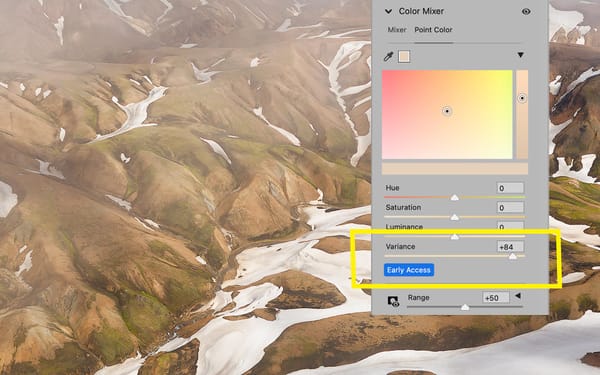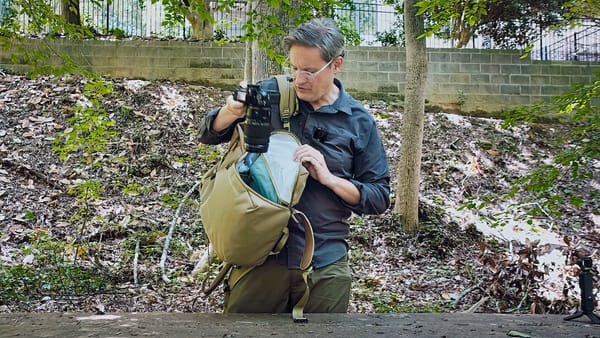Kodak Gold 200 (120 medium format) with the Mamiya RZ67
A return to film with Kodak's new Gold 200 (120 medium format) and the Mamiya RZ67 for a recent summer trip to Washington state.

Kodak surprised the photography world in late March, 2022 by re-releasing Kodak Gold 200 in the 120 film format. In a time when most news is about beloved film stocks being discontinued, Kodak's announcement was welcome news to say the least. After weeks of waiting, I received a 5-pack of Kodak Gold through B&H in late June, just in time for a family trip to Washington state.
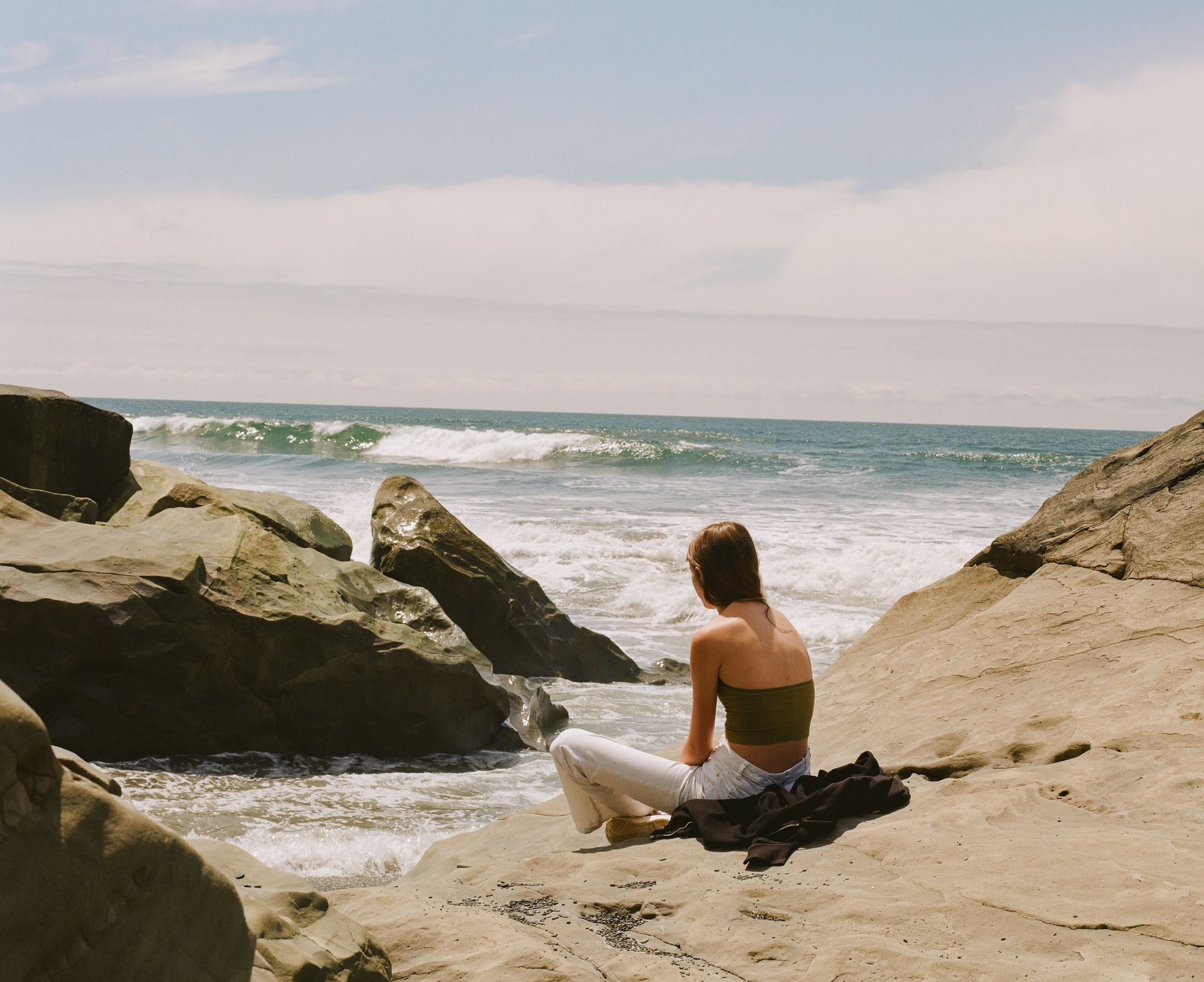
Kodak Gold 200 is a daylight-balanced color negative film with fine grain, wide exposure latitude, and an ISO box speed of 200. The 120 film retains the look and character of Kodak Gold from the 80s and 80s, but (according to Kodak) is a new and improved formula with an ESTAR film base that "provides enhanced quality, transparency and dimensional stability."
But despite these changes (and its new "Professional" designation), Kodak Gold 120 maintains Gold's marketplace position as the more affordable film for general consumers; costing 25% less compared to Portra 400.

To me, Kodak Gold perfectly embodies the feeling of summer. In the image above, the sand feels warm and rich. The trees and leaves are dense and richly saturated, with greens that actually look green. The blues of the ocean and sky lean towards cyan. It's a beautiful film with richly saturated color, fine grain and detail, and a warmer, more nostalgic look compared to the neutral, pastel look of Portra.

Kodak Gold does a wonderful job of retaining highlight detail in high contrast scenes. In the straight-off-the-scanner photo above, there's plenty of texture and detail in the bright white trailer. Here you can also see the warmth and character of Gold 200 in the whites and highlights. Also notable, how dense and richly saturated the greens are despite being blasted by the bright afternoon sun.
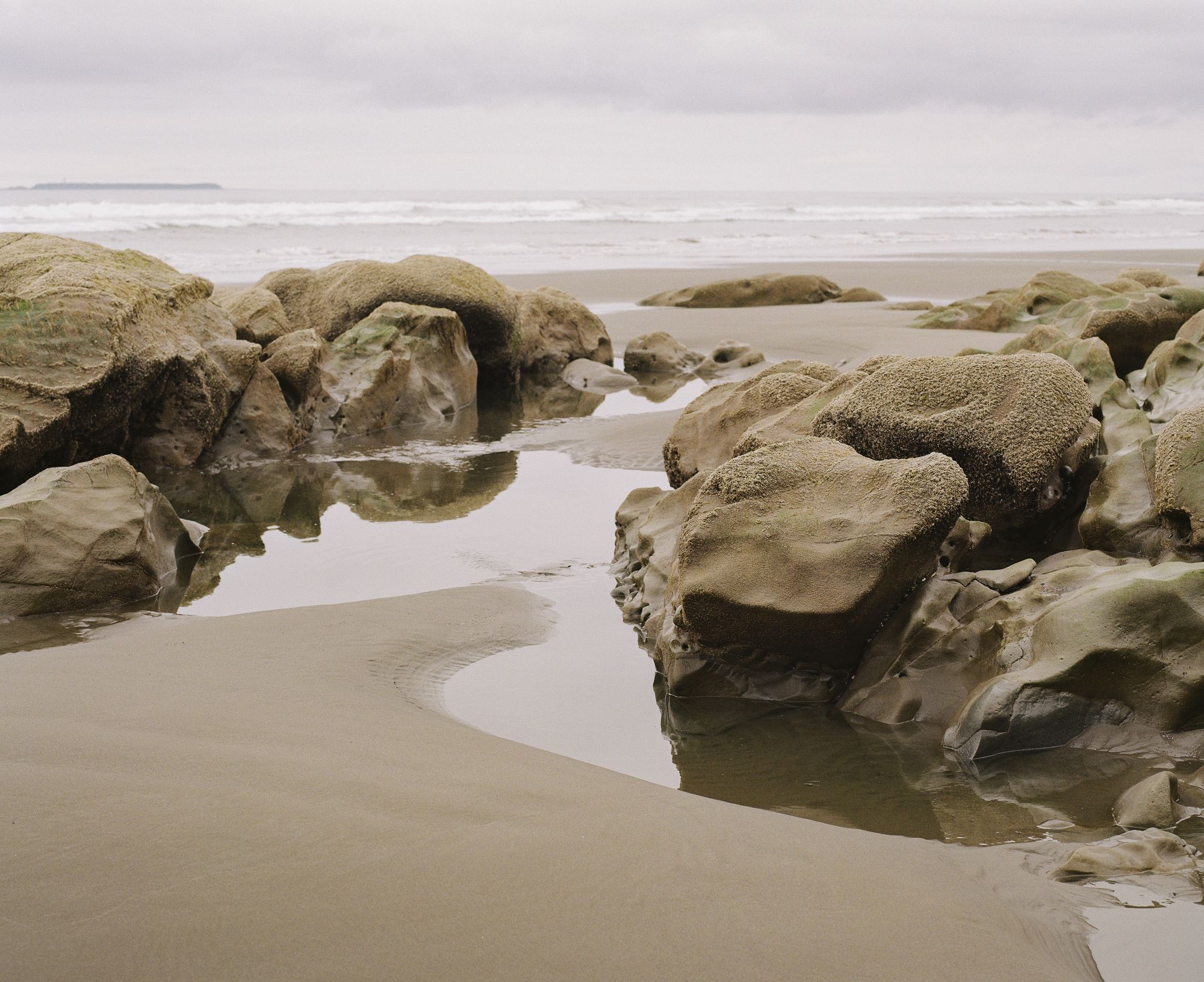
I also shot Kodak Gold 200 on cloudy, overcast days when light was flat and dim (example image above). The tones again skewed warm, which produced a somewhat brown and beige looking image. I would have preferred a higher contrast, black and white film, or a neutral film like Portra in light like this, but Kodak Gold's ultra-fine grain and sharpness did a wonderful job of capturing the texture and detail of the rocks.

To really bring out the texture and detail (and remove the bland color), I converted the image to black and white (see above), then added a little dodging and burning to highlight the foreground subject.
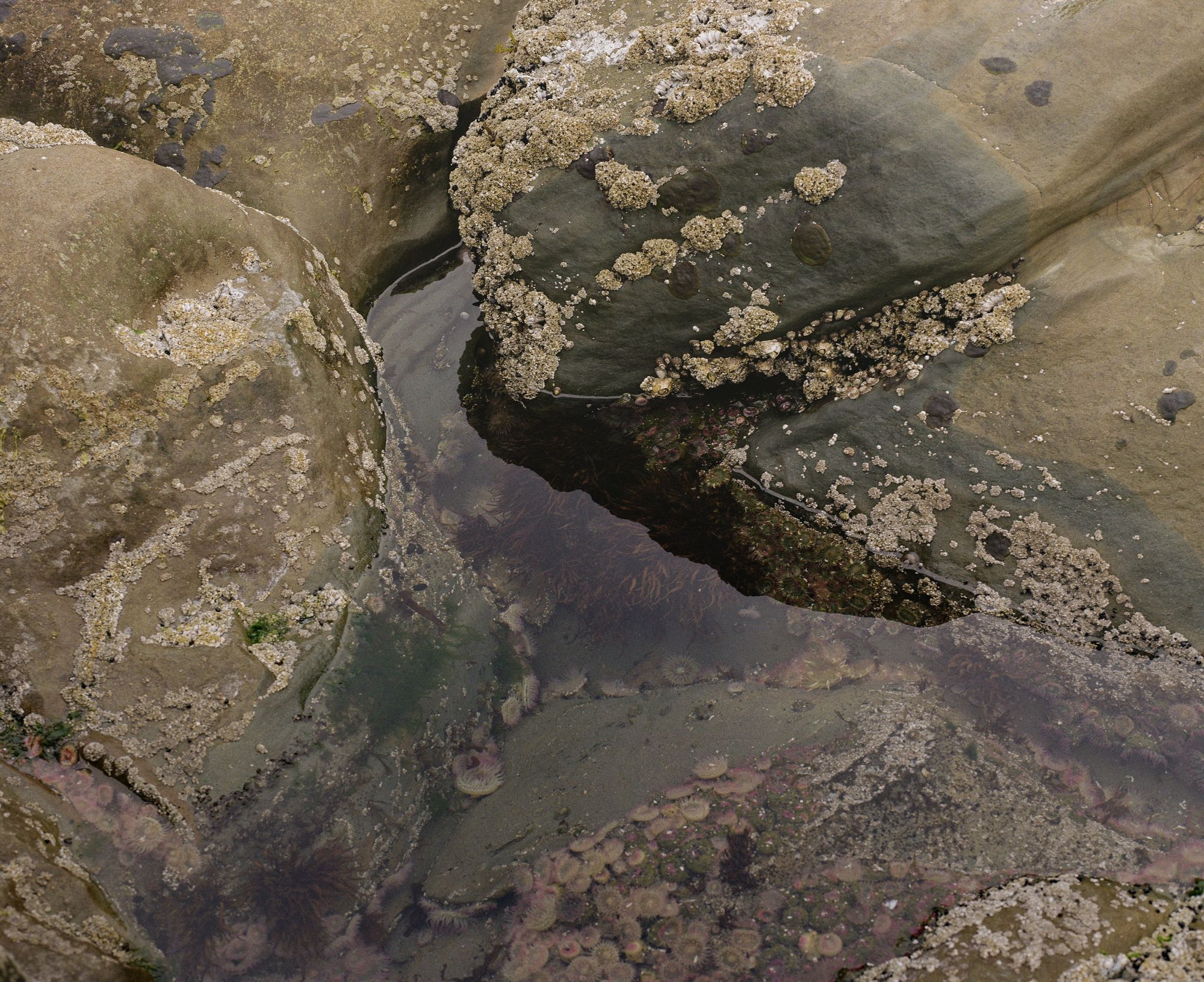
Overall, Kodak Gold comes alive outdoors on bright, sunny days. Colors are vivid, dense, but not overly saturated. I also like how well Gold retains and gently rolls off highlights. When paired with the Mamiya RZ67 and a Mamiya 110mm lens, images are so sharp and detailed they almost appear digital.
If you're going for that warm, Kodak look and want something a little different (and cheaper) than Portra, Kodak Gold 200 is absolutely worth shooting with.
All images above were overexposed one stop using a Mamiya RZ67 with the Mamiya 110mm f/2.8 lens (roughly equivalent to 50mm full frame). I exposed for highlights using myLightMeter Pro for iOS. Film development and scanning through Richard's Photo Lab, who always do great work.
Video

